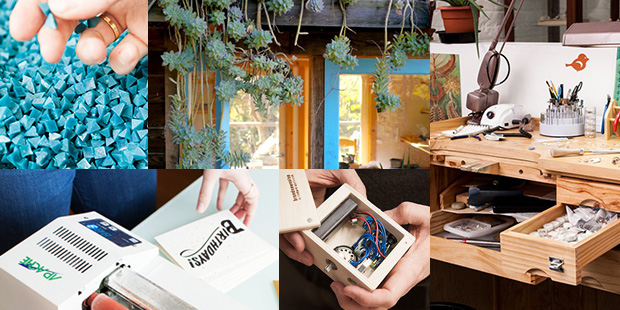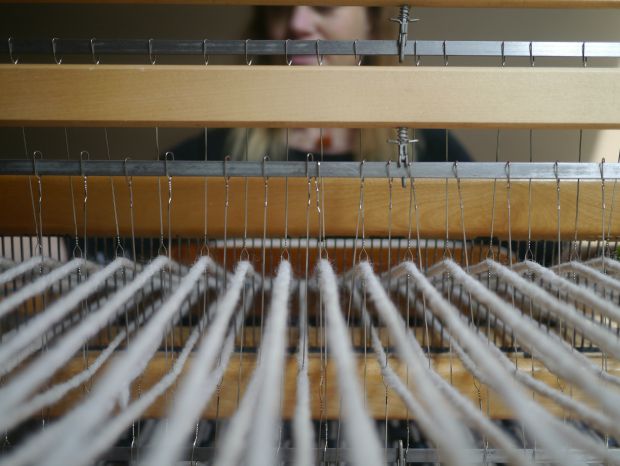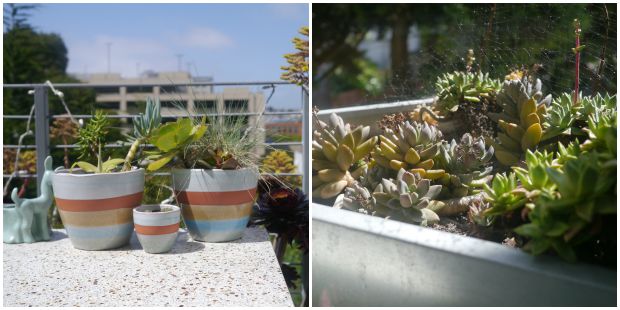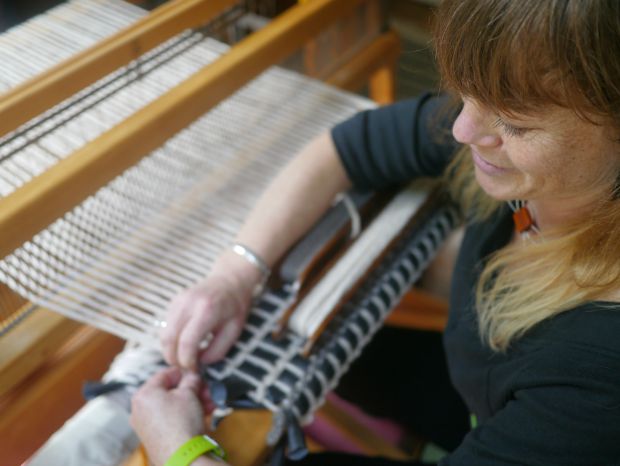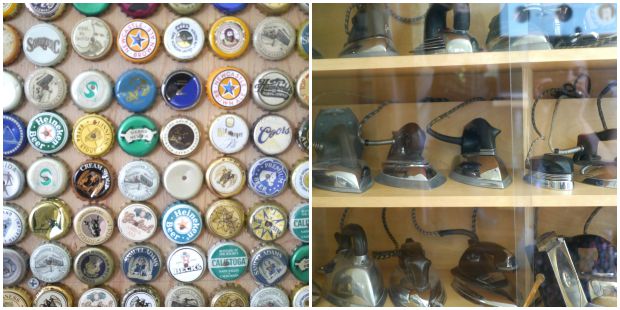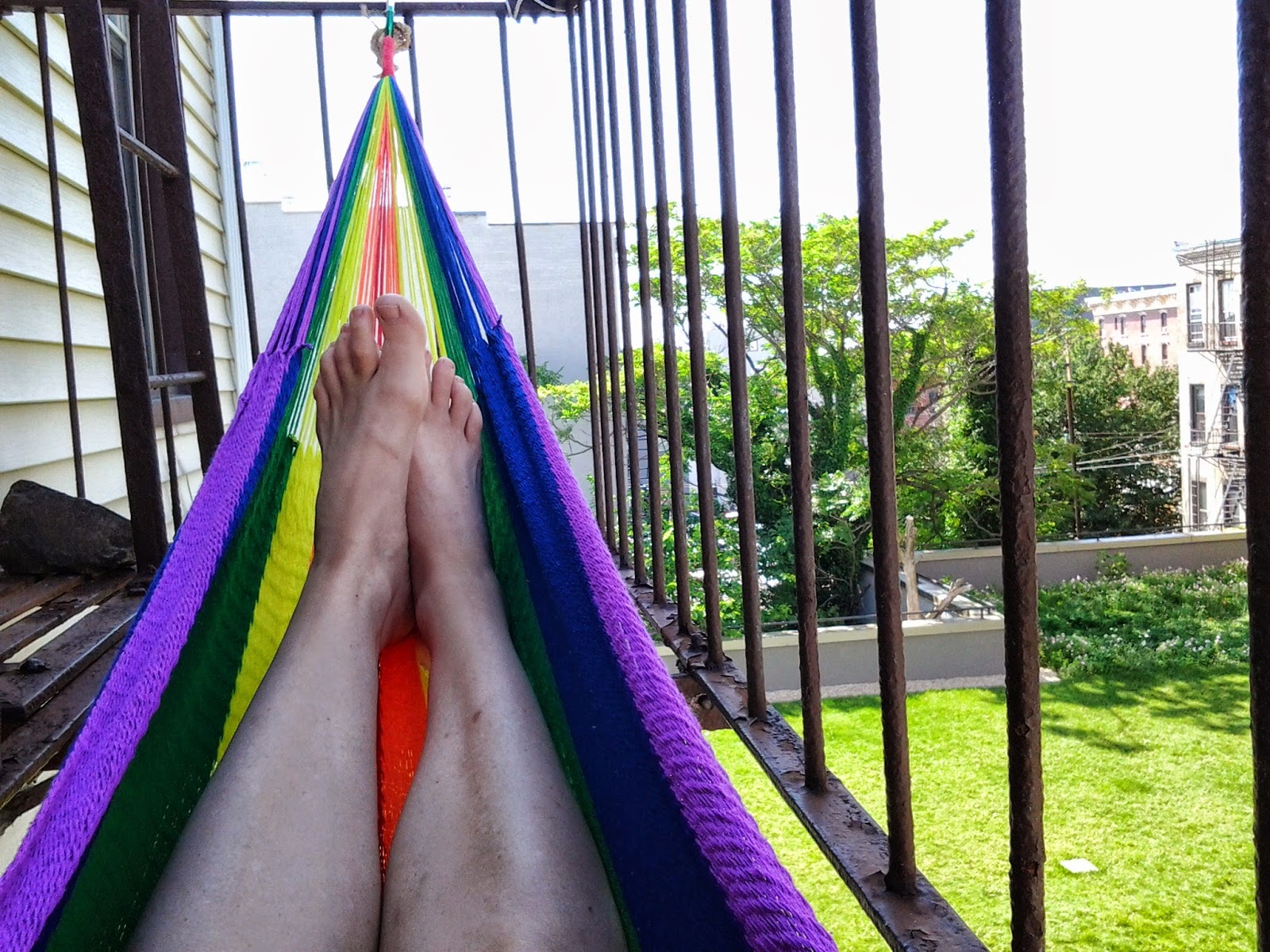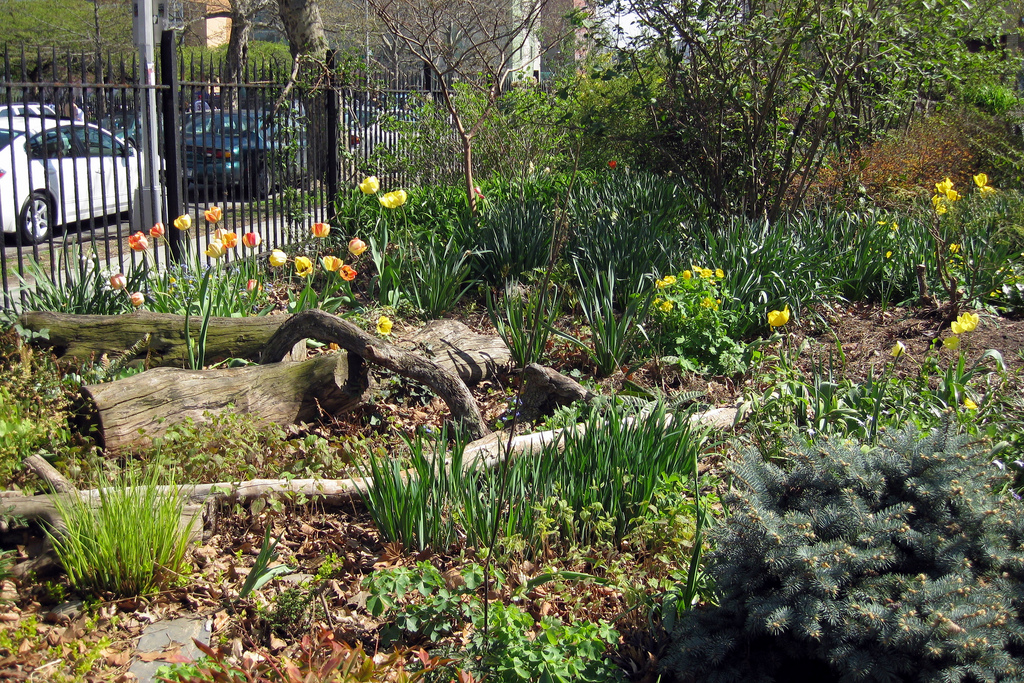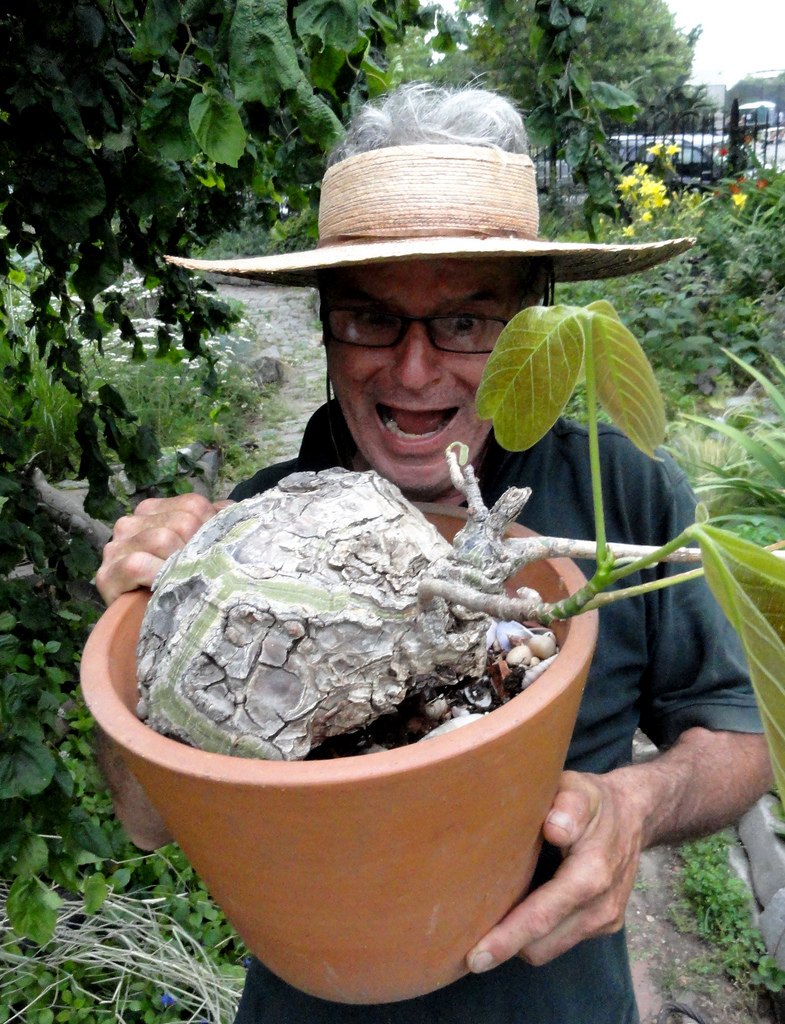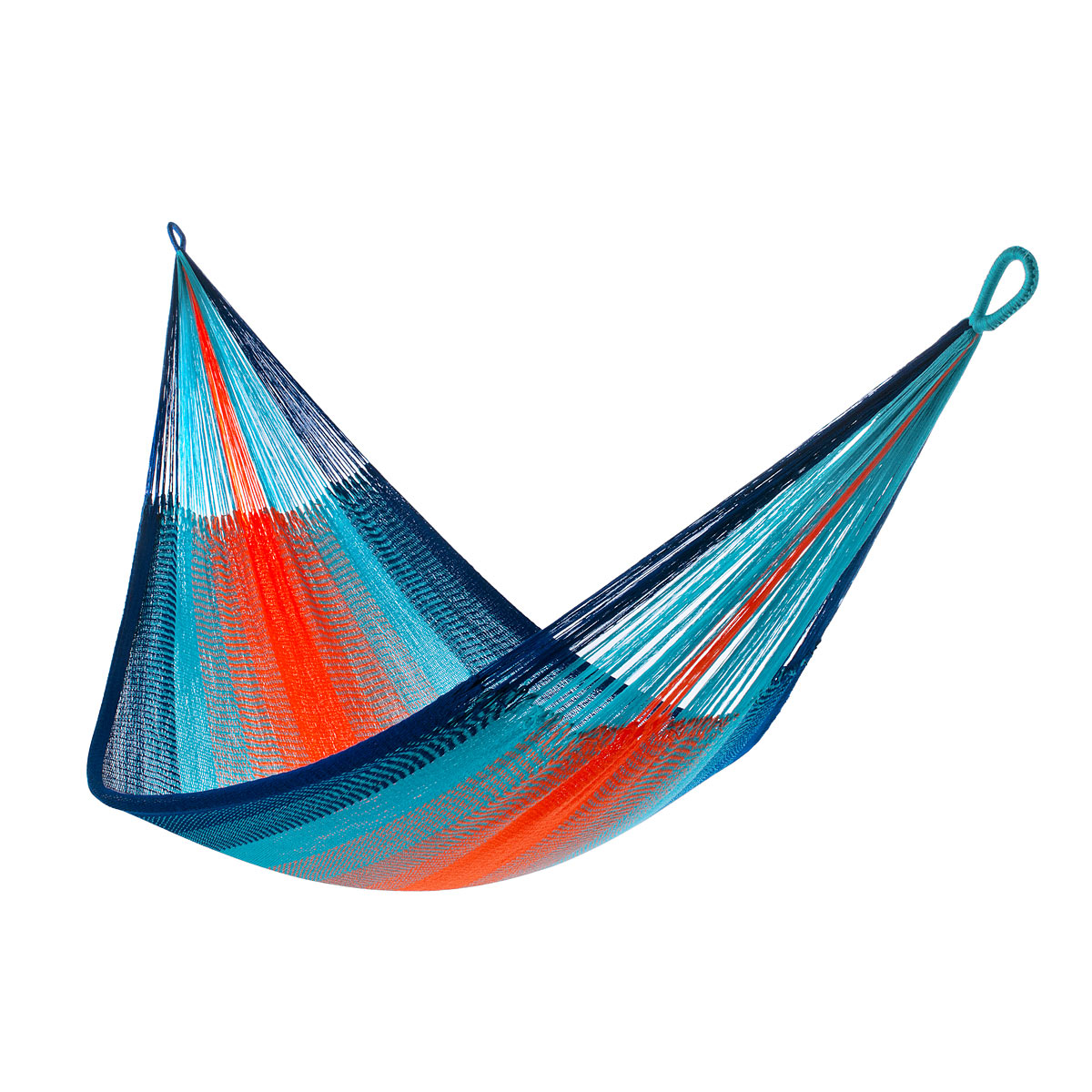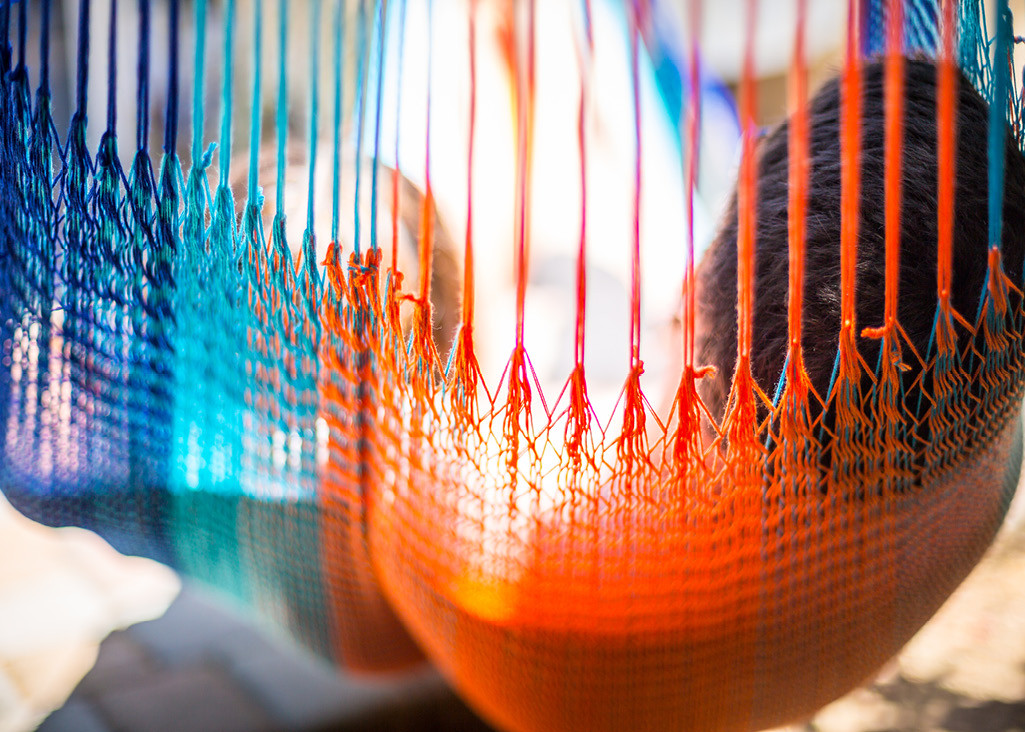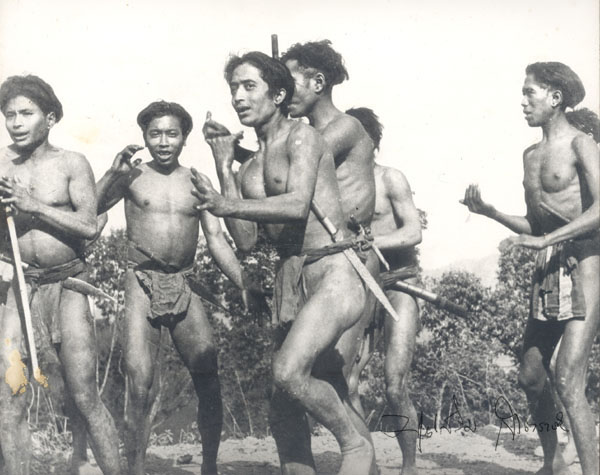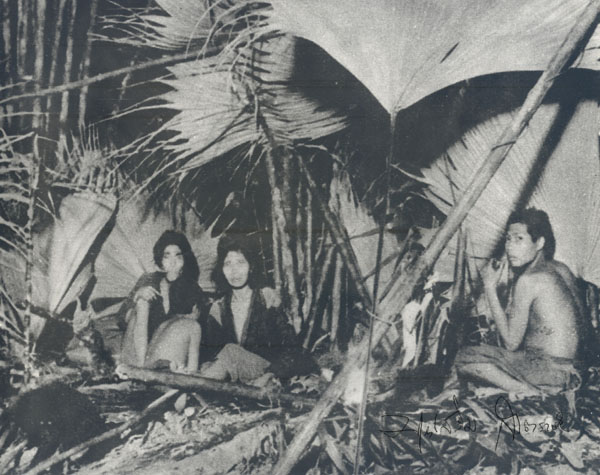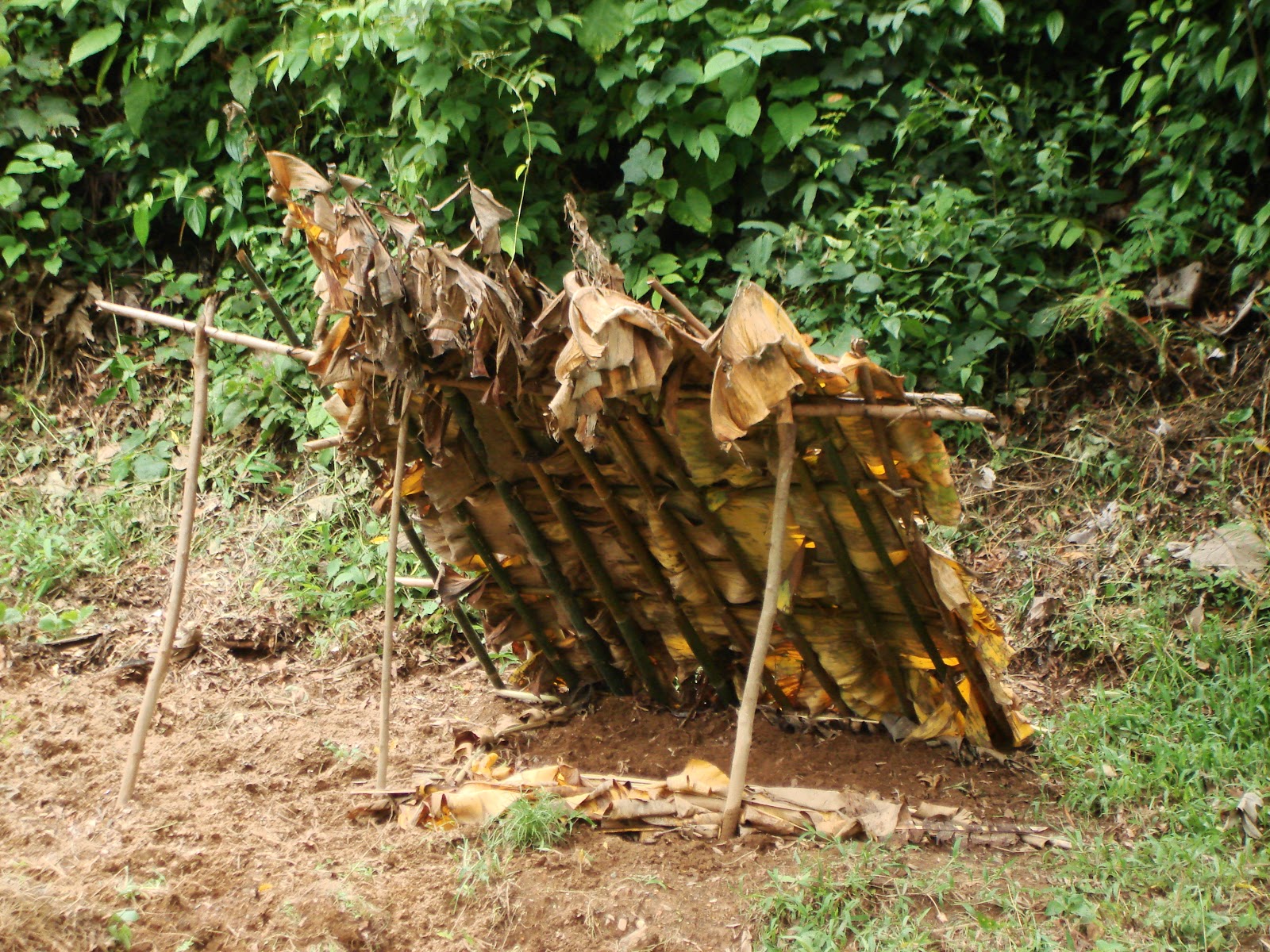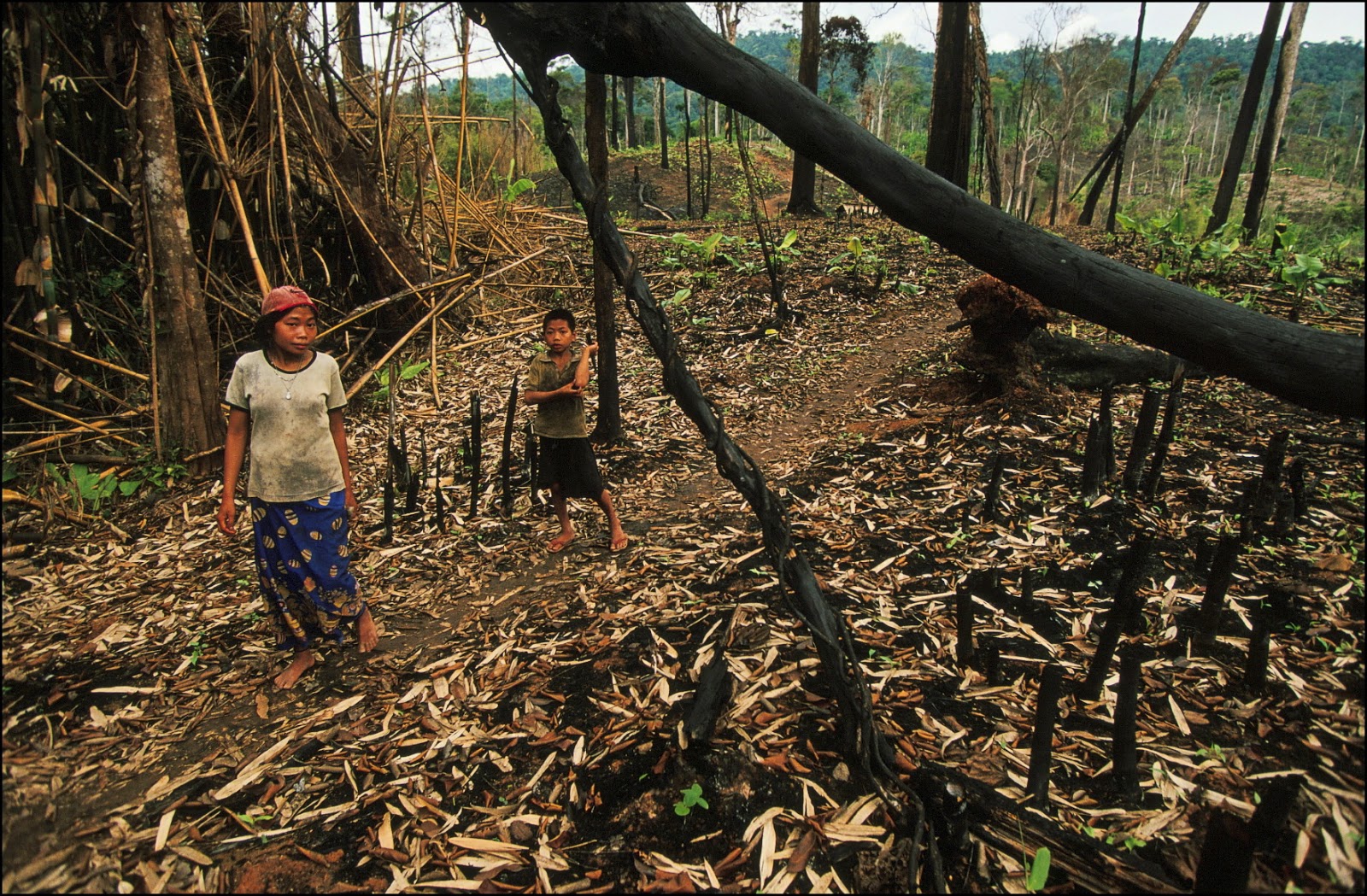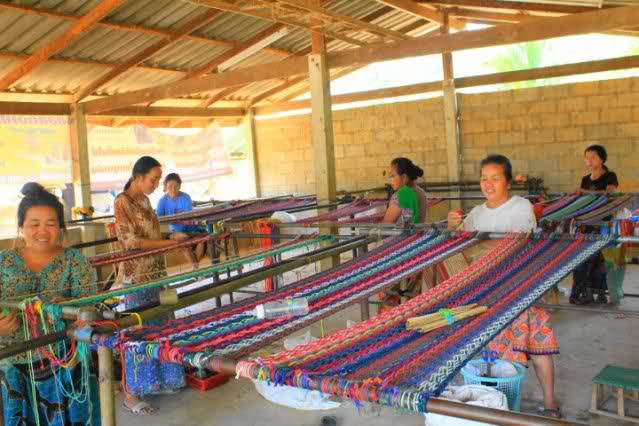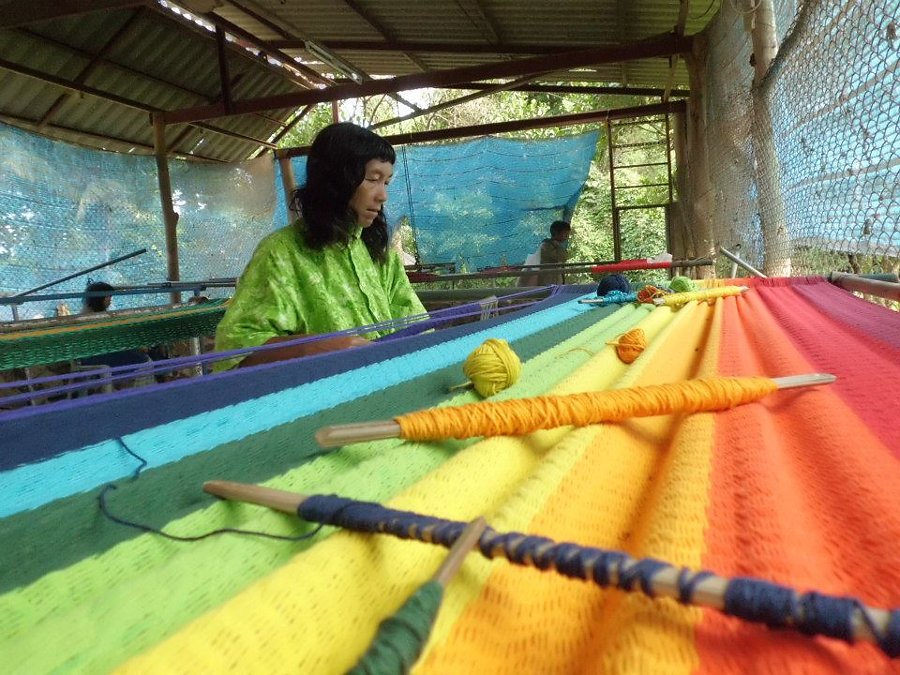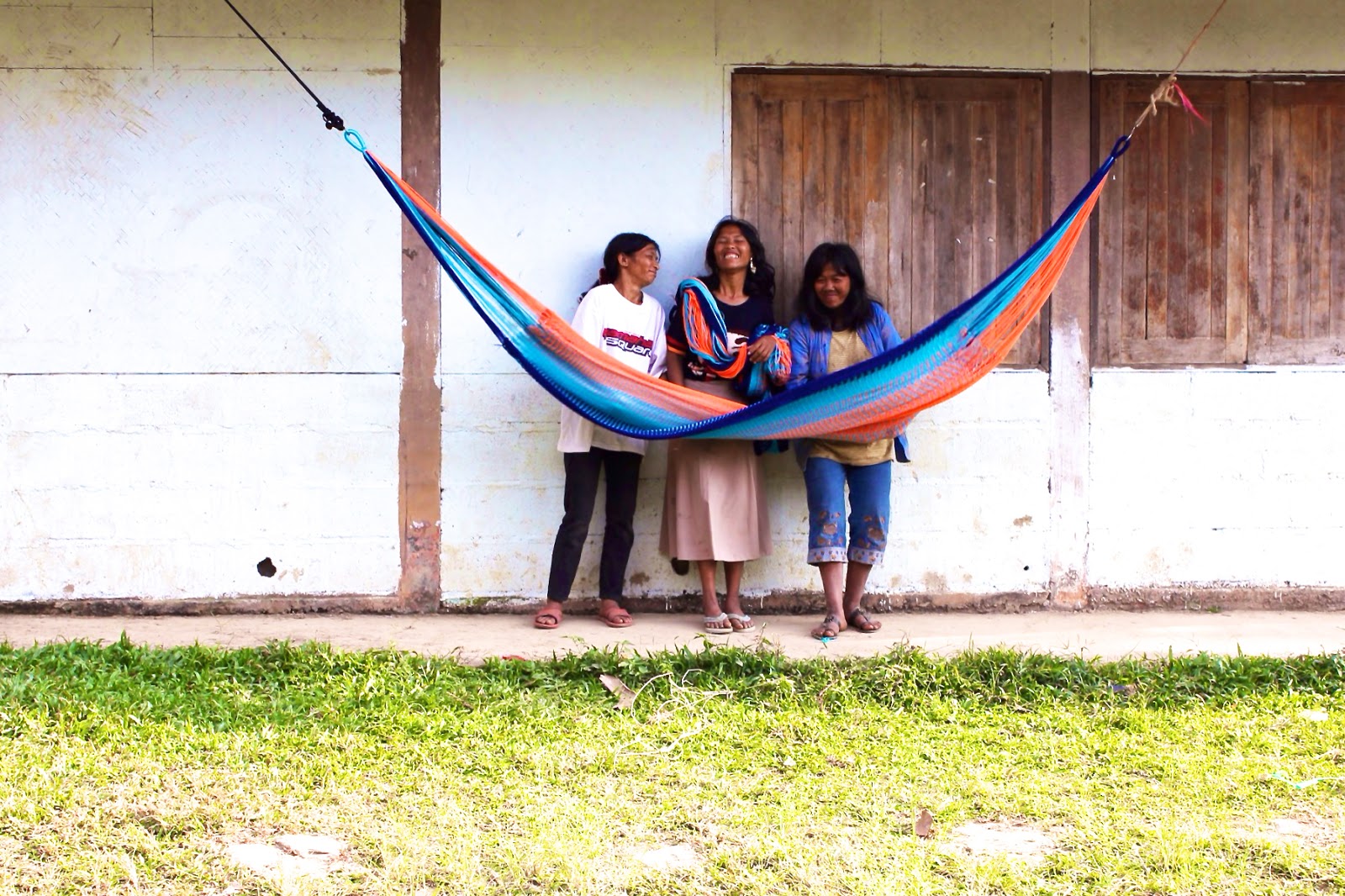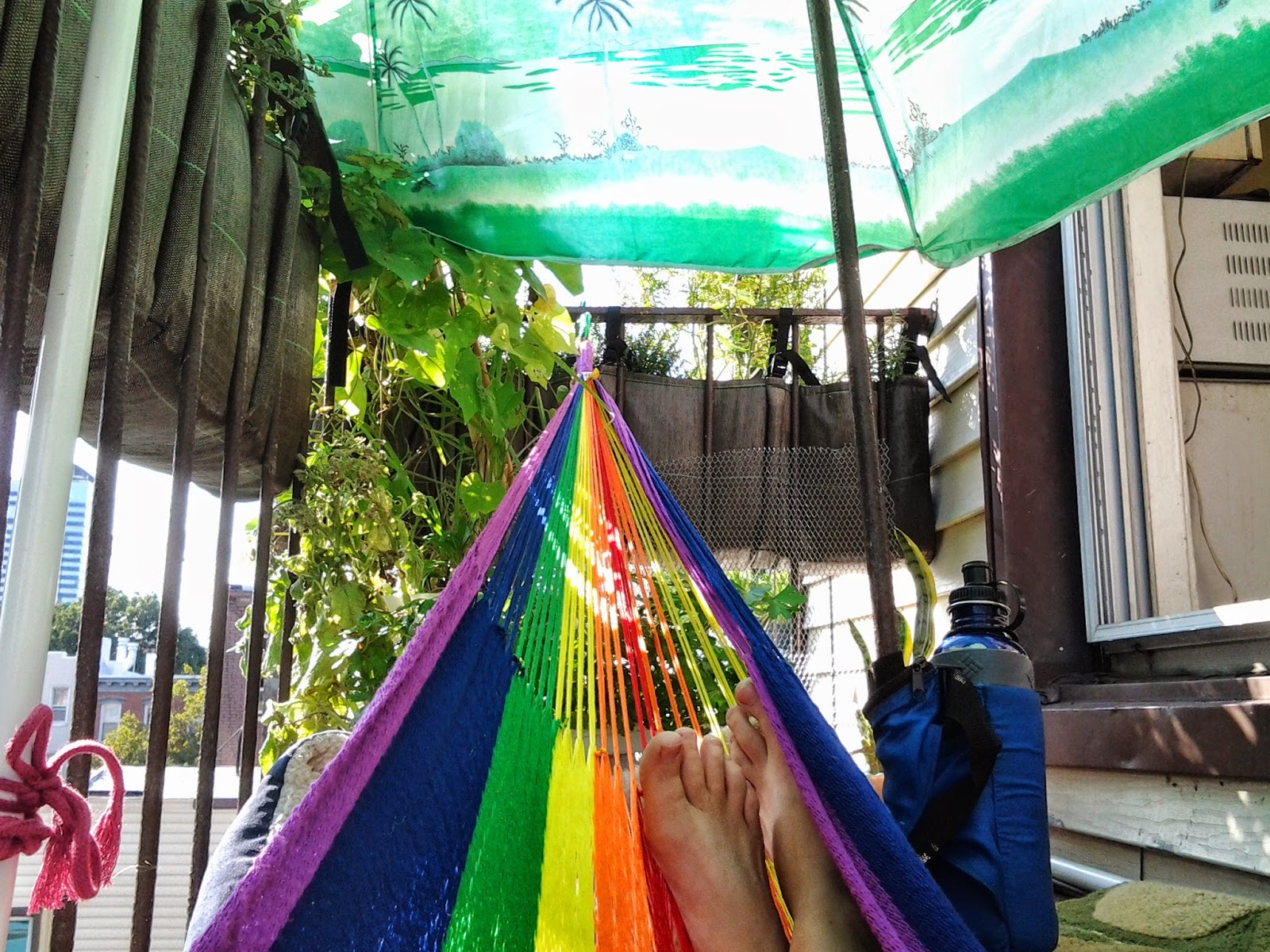One of the most exciting things about serving as Editor of The Goods is that there’s always a Maker Story right around the corner. I am honored to get opportunities to meet talented artists, to see what they make and how they make it, and– when I’m extra lucky– to actually step inside their creative spaces. Over the past year, I had the pleasure of visiting several artists and seeing them in action, as did a few of our blog contributors, photographers, and buyers.
From woodworking to weaving to jewelry making and beyond, we saw so much creativity last year that we couldn’t help but give our 2015 Studio Tours one more chance to shine before heading out with cameras and notepads to capture more inspirational moments in the year to come. Here are a few hand-picked highlights from those Studio Tours, complete with a few inspirational quotes, photos that made me want to drop everything and start a new creative project on the spot, and plenty of great advice.

